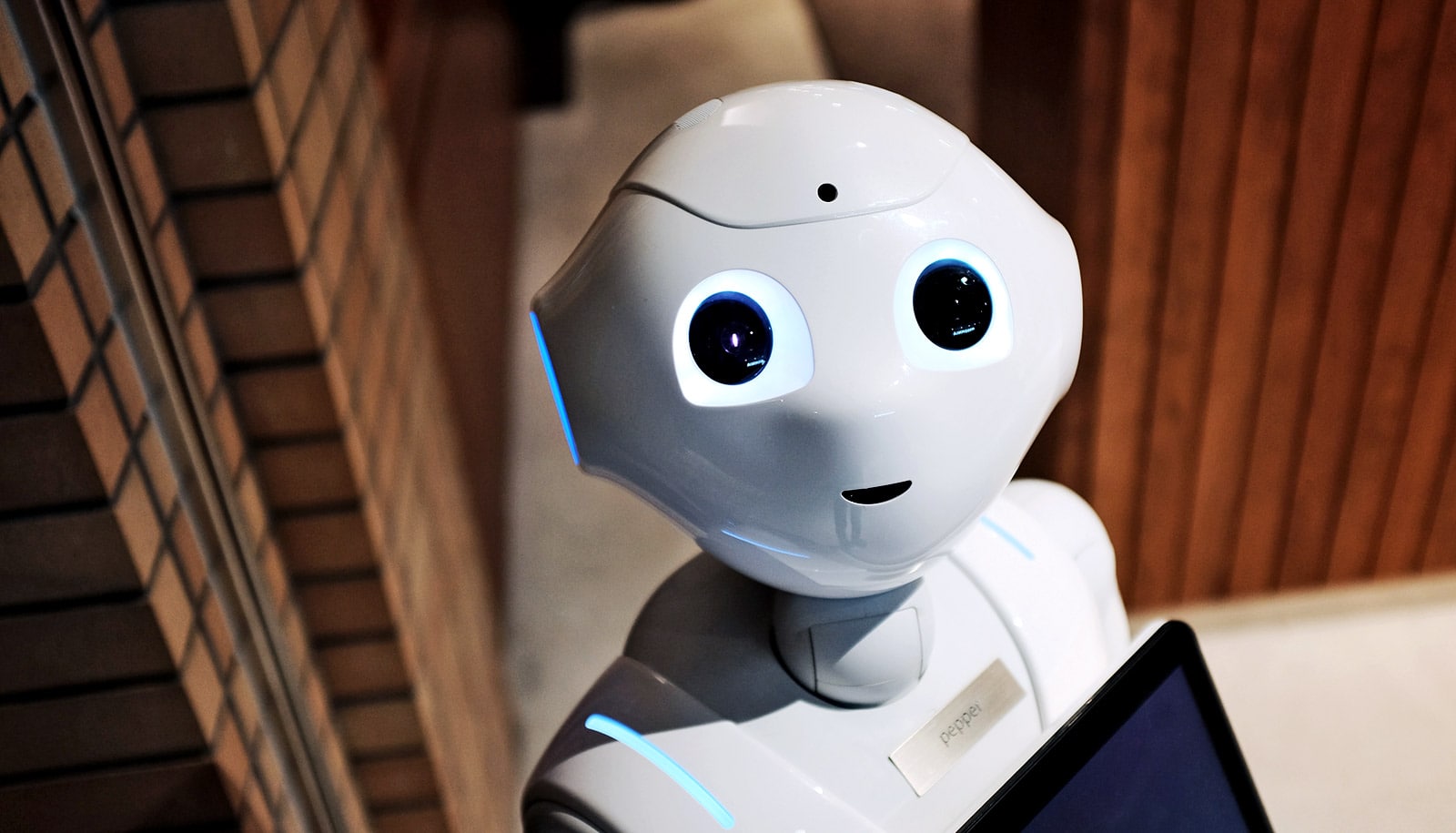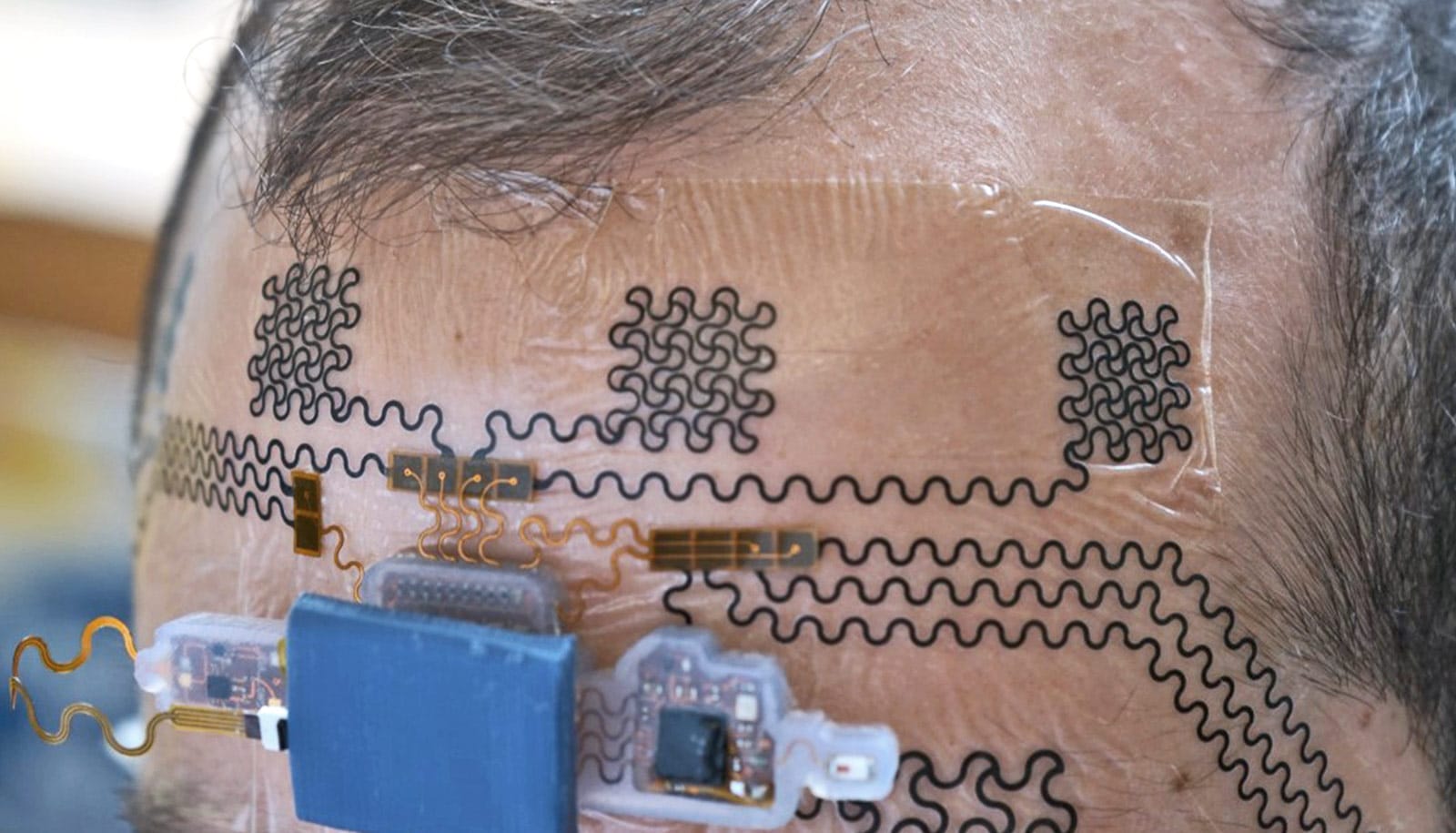In tomorrow’s workplace, machines will increasingly assume many routine jobs workers perform now, leaving more complicated tasks to humans who see the big picture and possess interpersonal skills, says James Timbie, a distinguished visiting fellow at the Hoover Institution at Stanford University.
Artificial intelligence and other advancing technologies promise advances in health, safety, and productivity, but large-scale economic disruptions are inevitable, he says.
Timbie served as a senior advisor at the State Department from 1983 to 2016 where he played a key role in arms control and disarmament, and now studies the impact of emerging technologies such as artificial intelligence.
He discusses what the future may hold for workers in a chapter in the new book, Beyond Disruption: Technology’s Challenge to Governance (Hoover Institute Press, 2018), which he co-edited with Hoover’s George P. Shultz and Jim Hoagland.
How will the emergence of artificial intelligence affect individual workers in the future?
Artificial intelligence combined with other advancing technologies—such as robotics and 3D printing—will lead to more efficient production of goods and services. Machines can be trained to perform a wide range of non-routine cognitive tasks, and advanced robotics can increasingly perform manual tasks.
Society as a whole will benefit from increased productivity and lower costs, but many individual workers will be adversely affected. Research indicates that on the order of half of today’s workers are in industries vulnerable to disruption in the near term. In some cases—truck drivers—machines will replace workers. In other fields—education and medicine—work will be transformed, with machines assuming some tasks in close coordination with skilled humans performing other tasks.
Will well-paying “cognitive” jobs be lost to automation?
Many well-paying “cognitive” jobs are vulnerable to disruption, perhaps more over time than the well-paying factory jobs that were lost to globalization. A wide range of vulnerable occupations traditionally filled by well-educated, well-paid workers includes tax preparers, radiologists, paralegals, loan underwriters, insurance adjusters, financial analysts, translators, and even some journalists and software engineers.
How can humans and machines work together for greater efficiency and productivity?
One example is medical diagnosis. A diagnosis is a determination of how information on a patient fits into a pattern characteristic of a disease. This is something machines do well. Machines trained with the digital records and outcomes of millions of previous patients can produce a diagnosis for a sick patient, along with recommendations for treatment and perhaps further tests. Machines can take into account far more data and keep up with the latest research better than any doctor. The doctor’s primary role would be to convey the outcome to the patient, and help the patient understand and accept it, so the patient follows through with the treatment plan.
Research indicates that in many fields, the best results will come from humans supported by intelligent machines—a combination of a doctor and a machine, a teacher and a machine, etc. In the workplace of the near future, machines would continue to do the computational work they do well, while leaving other tasks to humans who see the big picture and have interpersonal skills.
How is the artificial intelligence revolution different from 20th–century labor and tech disruptions?
One big difference is the rate of change. The transition from manual labor to steam power, and the subsequent transition from steam to electricity, played out over decades. The mechanization of agriculture took a generation, so it was sufficient to educate the children of farmers with the new skills necessary for new occupations. Today the changes are coming so fast that many workers themselves will need to learn new skills for new jobs.
Another problem concerns inequality. Advancing technology increases national wealth and income, and the GDP grows. But these benefits are distributed unevenly. This growing inequality is a continuation of a long-term trend. According to Census Bureau data, median household income is about what it was in 1999, while GDP is up 38 percent. Most of the gains have gone to the upper end. The spread of automation contributes to this growing inequality in wealth and income.
Consider tax preparation software. A lot of people benefit because it is cheap and easy and they can do their taxes themselves. But many people who earned their living as tax preparers now find their jobs and income threatened.
How can society best protect workers and prepare them for this new future?
The challenge is to facilitate transitions to new occupations with new skills.
In addition, new jobs will be created even as traditional jobs disappear. Over the 200 years since the Luddite rebellion, a movement led by workers in 19th-century England who opposed the introduction of weaving technology, gains in productivity through advancing technology have led over time to new industries and new jobs. That could continue, or this time could be different.
In addition, there are more than 6 million job openings unfilled today, according to the Department of Labor. Employers cannot find qualified candidates for many well-paying jobs, which means there are potential opportunities for displaced workers with appropriate training.
How people can train robots for complex work
These new jobs will not necessarily be in nearby locations, nor are they likely to pay as well, at least initially. New jobs require new skills.
Some advocate a guaranteed basic income. My view is that there is no shortage of work that needs to be done. Money is not the only thing; a sense of self-worth and standing in the community are also important. So, rather than pay people not to work, better to support transitions to new jobs.
The existing adjustment assistance program did not do much to counter the impact of job losses attributed to globalization; it could be expanded to provide income and assistance for training and relocation for layoffs due to automation as well as foreign competition.
Finally, the rapid pace of change reinforces the benefit of a habit of life-long education. Community colleges and internet courses provide low-cost education and training on a wide variety of subjects.
Souce: Stanford University



